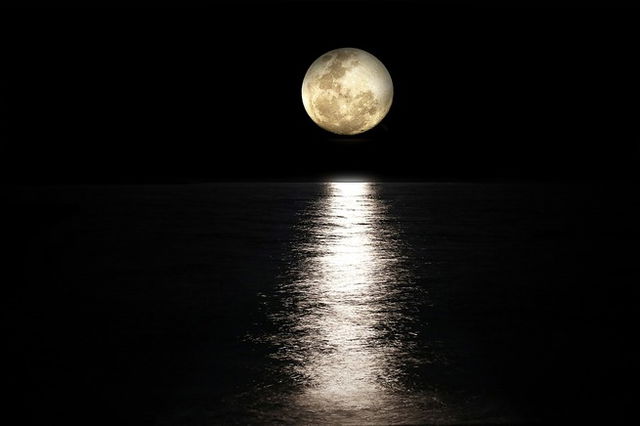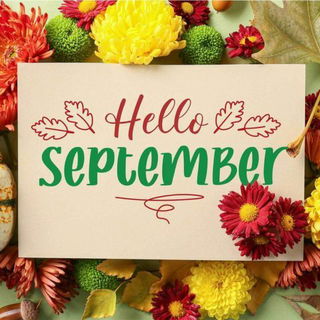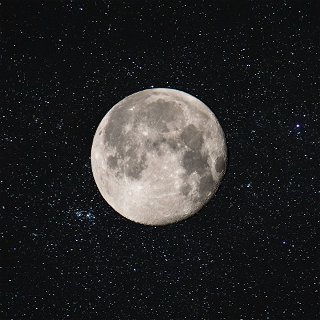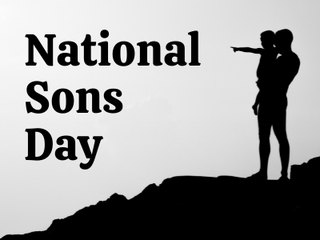The full moon happens once every month. But, did you know that in ancient days, people assigned different names to each full moon so that they can keep track of the weather or the season?
Here are the 12 moon names for each month:
- January: Wolf Moon
- February: Snow Moon
- March: Worm Moon
- April: Pink Moon
- May: Flower Moon
- June: Strawberry Moon
- July: Buck Moon
- August: Sturgeon Moon
- September: Corn Moon or Harvest Moon
- October: Hunter's Moon
- November: Beaver Moon
- December: Cold Moon
The January Wolf Moon
The first full moon of the year happens in January and it is known as the wolf moon. Native Americans named this the wolf moon because wolves howled the most during this time of the year. It is also the first full moon after the winter solstice.
Learn more about the Wolf Moon .

The February Snow Moon
The second full moon of the year is known as the snow moon because heaps of snow are generally found during this time on the ground. It is also known as the Tlingit Black Bear Moon as bear cubs are mostly born during this time.
You might also want to know more about the snow moon .
The March Worm Moon
The March full moon also marks the end of the winter season and it is known as the Worm Moon . As the name suggests, worms are spotted on the fresh ground during this time of the year.
The April Pink Moon
The full moon of April is known as the Pink Moon because it represents Spring and the Phlox Subulata that grows during this time. Contrary to what people may think, the Pink moon is not Pink in color. Many people believe that during this time, fishes from the spirit world visit the water bodies on earth to purify them.
To know more about the timing and significance of the Pink Moon, see Pink Moon 2023: Its Date, Folklore, and Significances .
The May Flower Moon
The May full moon is known as Flower Moon as the flowers are in full bloom during this time. An interesting myth is that the flower moon is the ideal time to accept marriage proposals.
The June Strawberry Moon
The June full moon or the Strawberry Moon is pretty self-explanatory. Strawberries become red and ripe during this time of the year, hence the name. It is also known as the Honey Moon as according to European culture, it was traditionally the month of coupling and honeymooning.
We have an interesting article on Strawberry Moon too.
The July Buck Moon
Buck Moon or the July full moon is named after the antlers of male deer (bucks) that are in full growth mode at this time. The 2022 buck moon was the largest and brightest supermoon of the year.
The August Sturgeon Moon
As the name suggests, the August full moon is known as the Sturgeon Moon because surgeons can be found in abundance at this time of the year. It is also said that baby birds take their first flight around this time.
The September Corn Moon
It is known as the corn moon because this is the perfect time to harvest corn. The moon also rises earlier and brighter allowing farmers to work late at night.
It is also known as the Harvest Moon depending on the time of the autumnal equinox .
The October Hunter's Moon
October's full moon is known as Hunter's moon because, in ancient days, this indicated the time for hunting. It also goes by the name- dying grass moon.
The November Beaver Moon
The full moon of November is known as the Beaver Moon because animals like beavers start preparing their dens for the coldest winter days during this time.
Learn more about the November Beaver Moon.
The December Cold Moon
The last full moon of the year is known as the cold moon. It marks the arrival of winter in the northern hemisphere countries.
Learn why the cold moon is usually observed during the Winter solstice.











